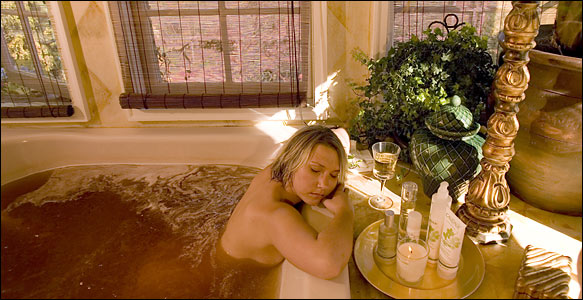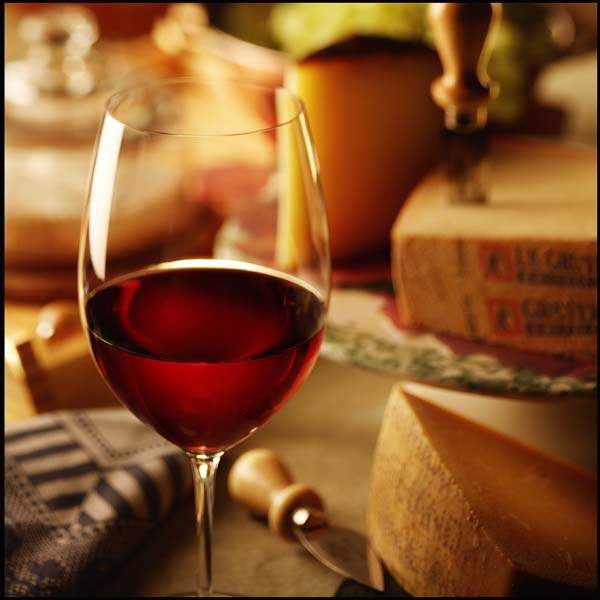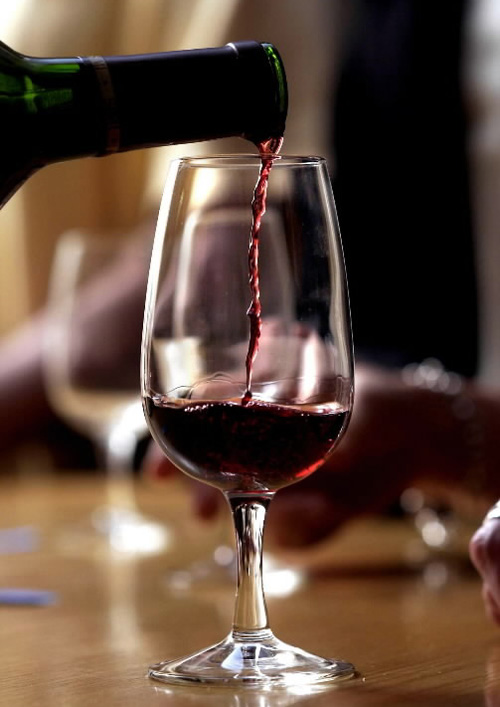
Booming wine consumption in China is leading to a growth in locally produced wines but as Chinese tastes become more sophisticated, local wineries are finding that they need to play catch up in terms of quality and vintage.
According to China Organic Agriculture, Demand in China for foreign wines, including those produced in California, is growing rapidly. In 2007, the import of wine into China totaled approximately 54 million bottles, representing a 125% growth from 2006, according to the latest report of the International Wine and Spirit Competition.
The market share of imported wines in China increased from 6.6% in 2006 to 10% in 2007, while industry analysts project that share will reach 18% in 2008. Total wine consumption in China is expected to increase 65% from 2001 to 2010, a growth rate 6.5 times faster than the global average.
Dozens of wine enterprises have set up operations in the region, which has the latitude roughly similar to the Bordeaux region in France.
The coastal city of Yantai, home to over 10,000 hectares of vineyards in Shandong Province is regarded as China’s Bordeaux by the locals.
Many of China’s leading winemakers are expanding rapidly to cater to change in China’s taste buds, and the surge in demand for wine.
Once drinkers of beer and local spirits, many professional Chinese are choosing instead to toast to what they perceive as the more refined and healthy image of grape wine.
By 2011, Chinese drinkers are expected to down more than 1.1 billion bottles of wine or 828 million litres of wine a year, double the figure in 2007, according to a study by the International Wine and Spirit Record in London.
More than 100 wineries have opened since 1996 and there is an estimated 500 vineyards across China, which supply 95 per cent of the wines consumed domestically.
Great Wall Winery, one of the leading local brands in China produces over 50,000 tons of wine each year from its 3 main production areas in North China.
The biggest consumers of wine in China in 2003 were people aged between 35 and 44. The age group that drank the least wine was the over-55 age group.
Price is a major consideration to most Chinese, and imported wine is out of reach to most consumers. A domestic bottle of wine may retail for as little as $3 while imported wine is generally $10 to $20 a bottle or more.
According to a Datamonitor report Wine in China: a market analysis, the influence of western eating and drinking habits, along with rising incomes, have been the keys to market growth. Source: AP
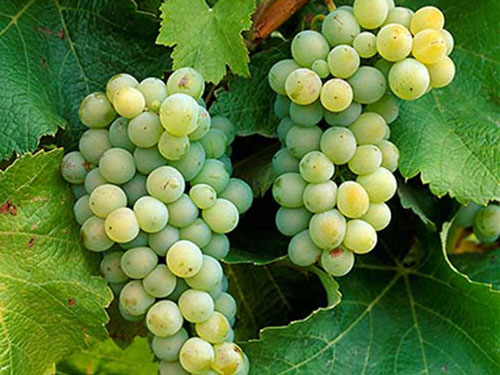
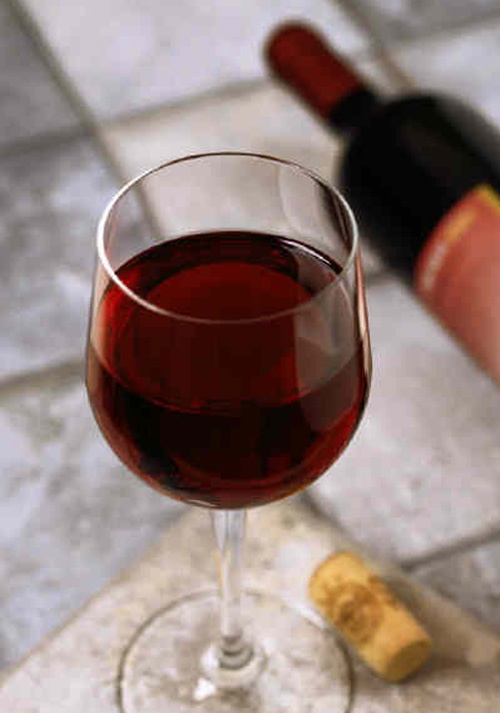

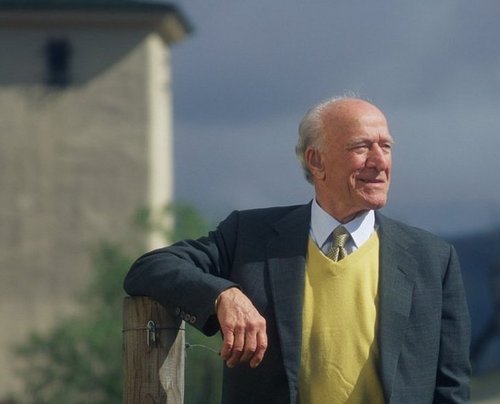
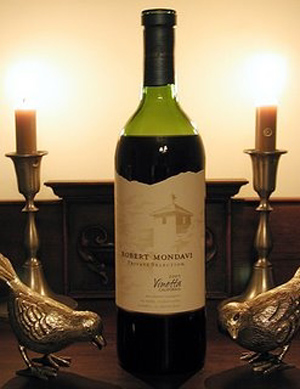 His confidence was rewarded in 1976 when California wines beat some well-known French vintages in the famous tasting known as the Judgment of Paris.
His confidence was rewarded in 1976 when California wines beat some well-known French vintages in the famous tasting known as the Judgment of Paris.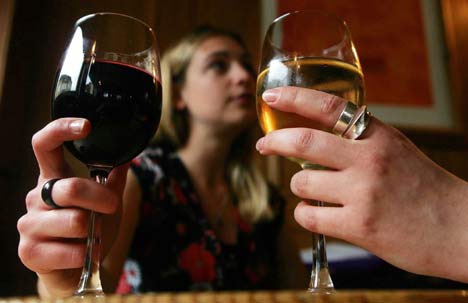
 “Contrary to the basic assumptions of economics, several studies have provided behavioral evidence that marketing actions can successfully affect experienced pleasantness by manipulating nonintrinsic attributes of goods. For example, knowledge of a beer’s ingredients and brand can affect reported taste quality, and the reported enjoyment of a film is influenced by expectations about its quality,” the researchers said. “Even more intriguingly, changing the price at which an energy drink is purchased can influence the ability to solve puzzles.”
“Contrary to the basic assumptions of economics, several studies have provided behavioral evidence that marketing actions can successfully affect experienced pleasantness by manipulating nonintrinsic attributes of goods. For example, knowledge of a beer’s ingredients and brand can affect reported taste quality, and the reported enjoyment of a film is influenced by expectations about its quality,” the researchers said. “Even more intriguingly, changing the price at which an energy drink is purchased can influence the ability to solve puzzles.”